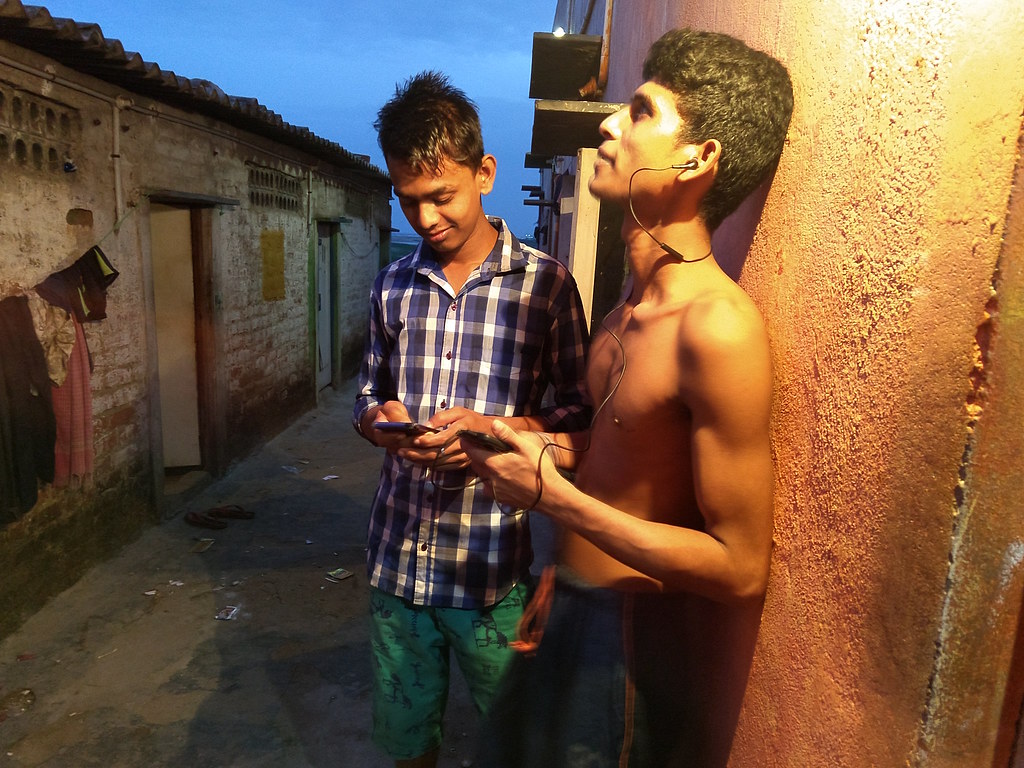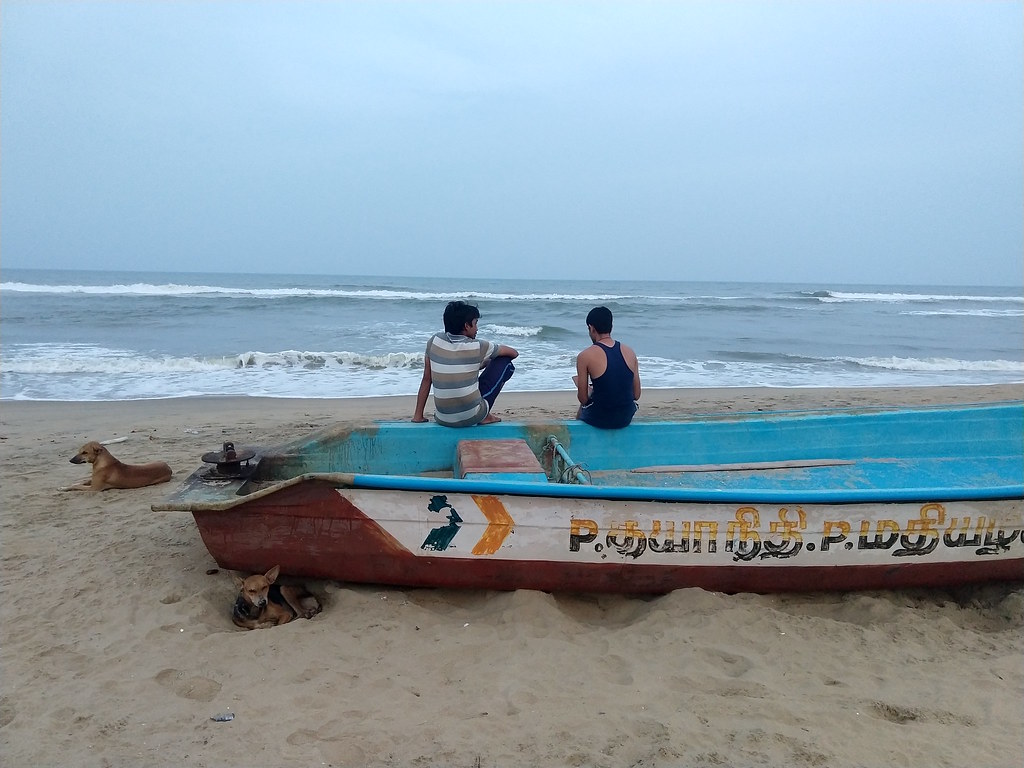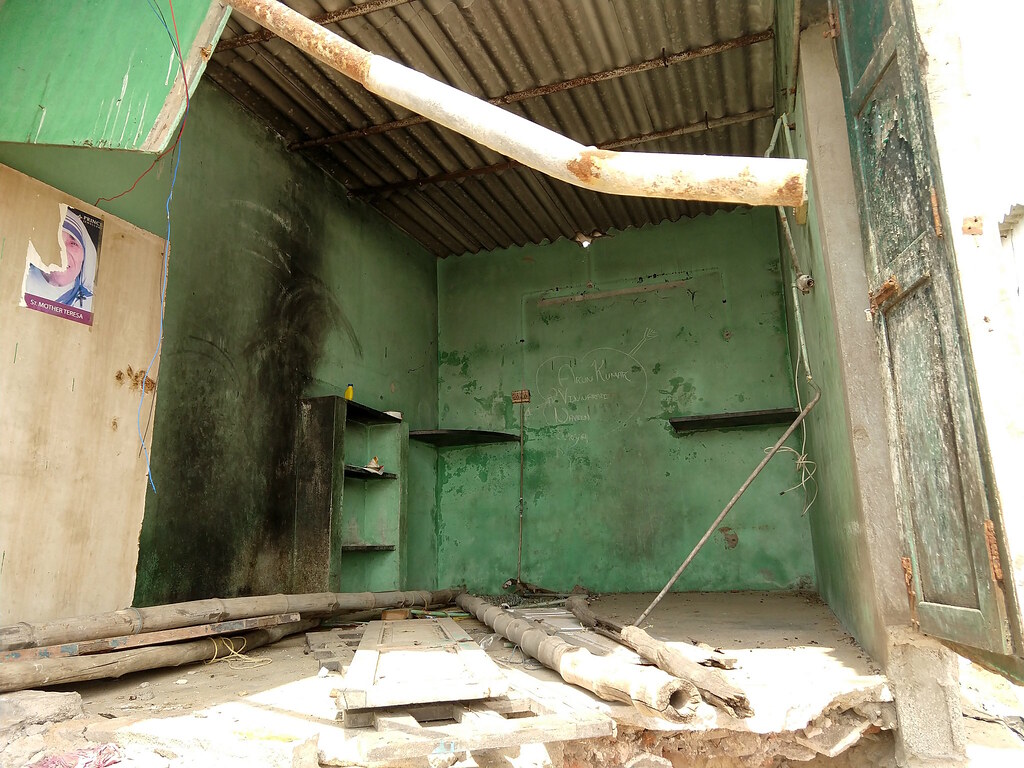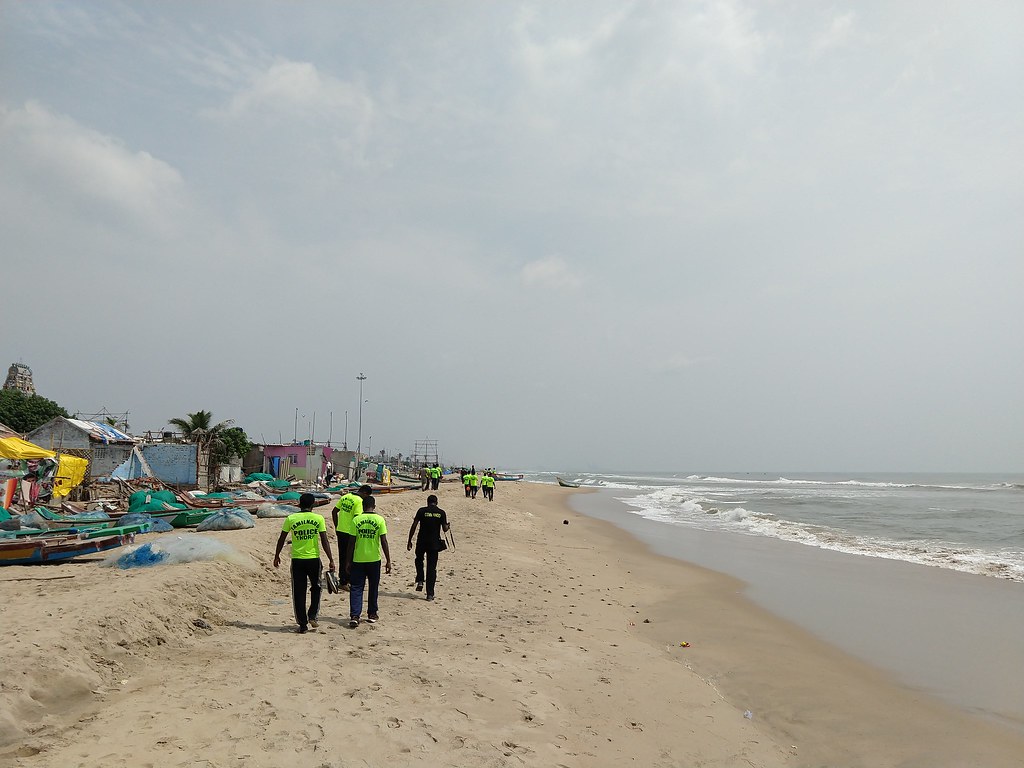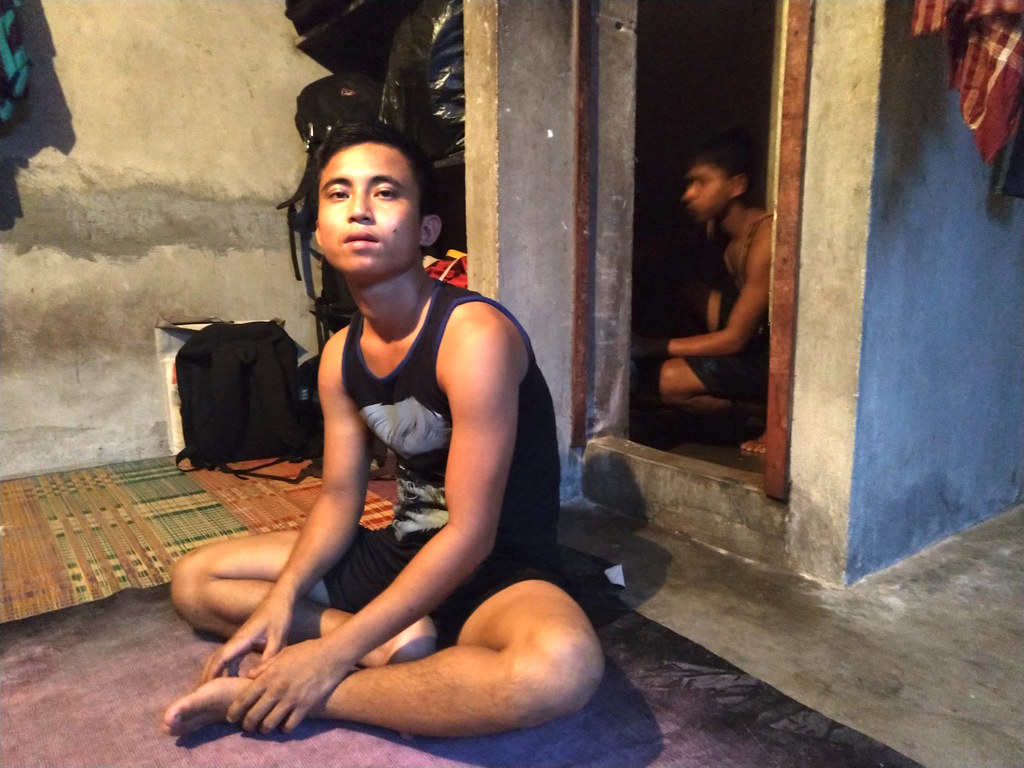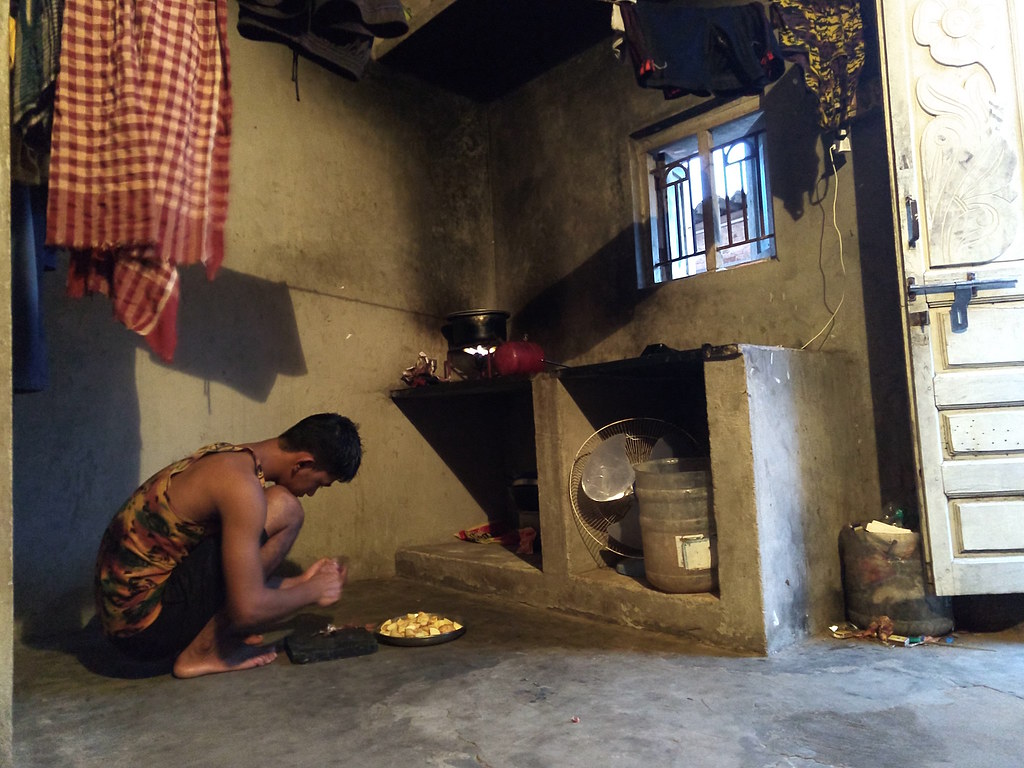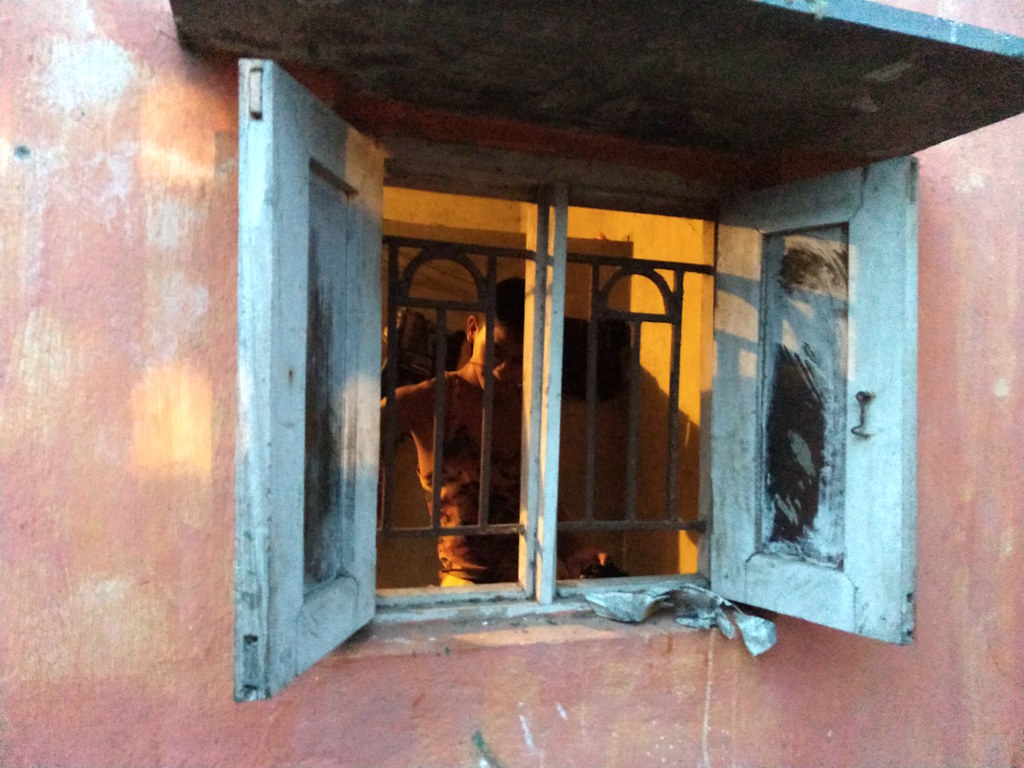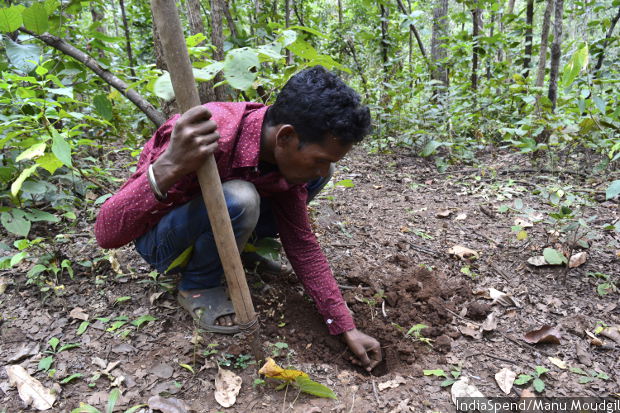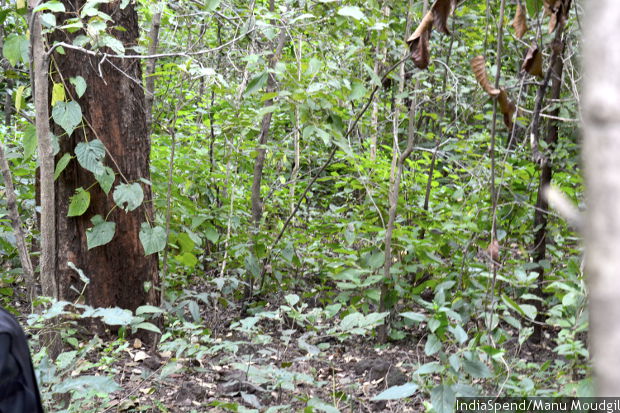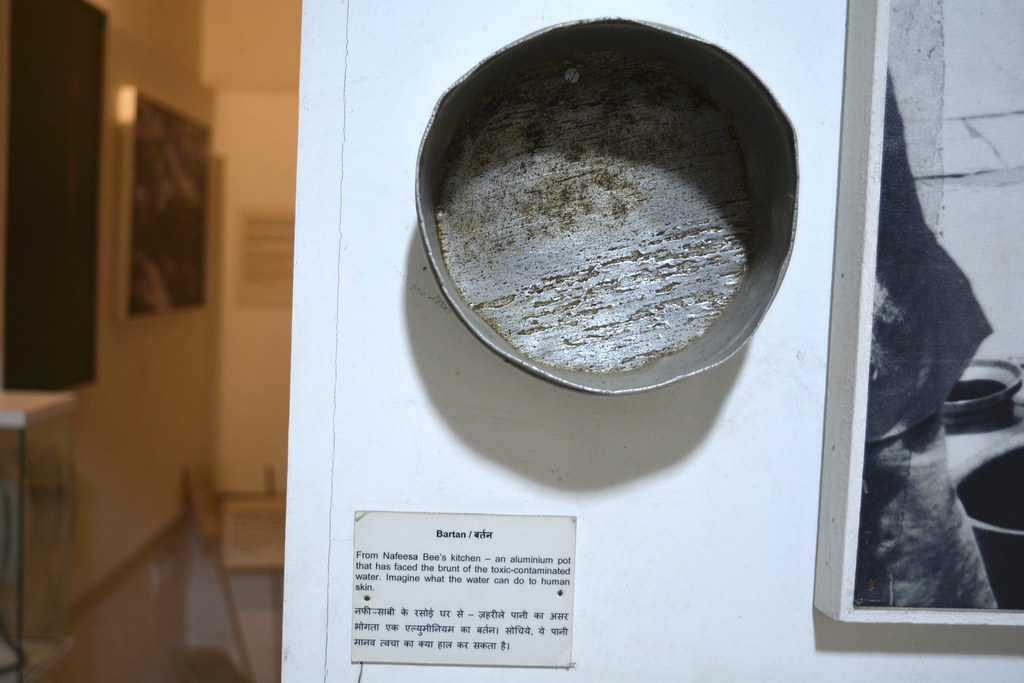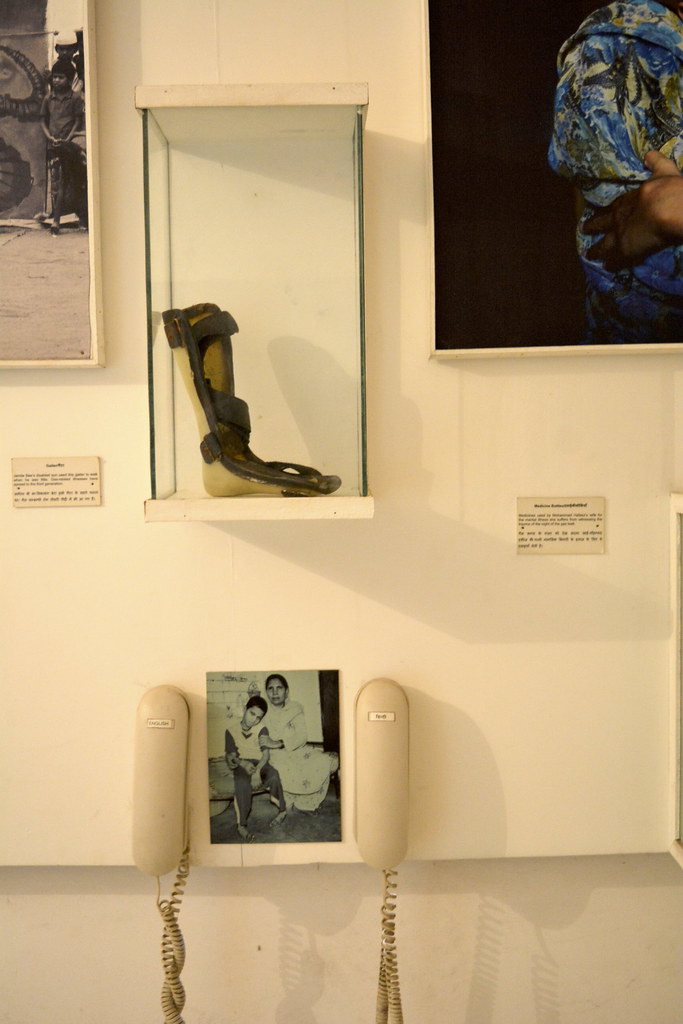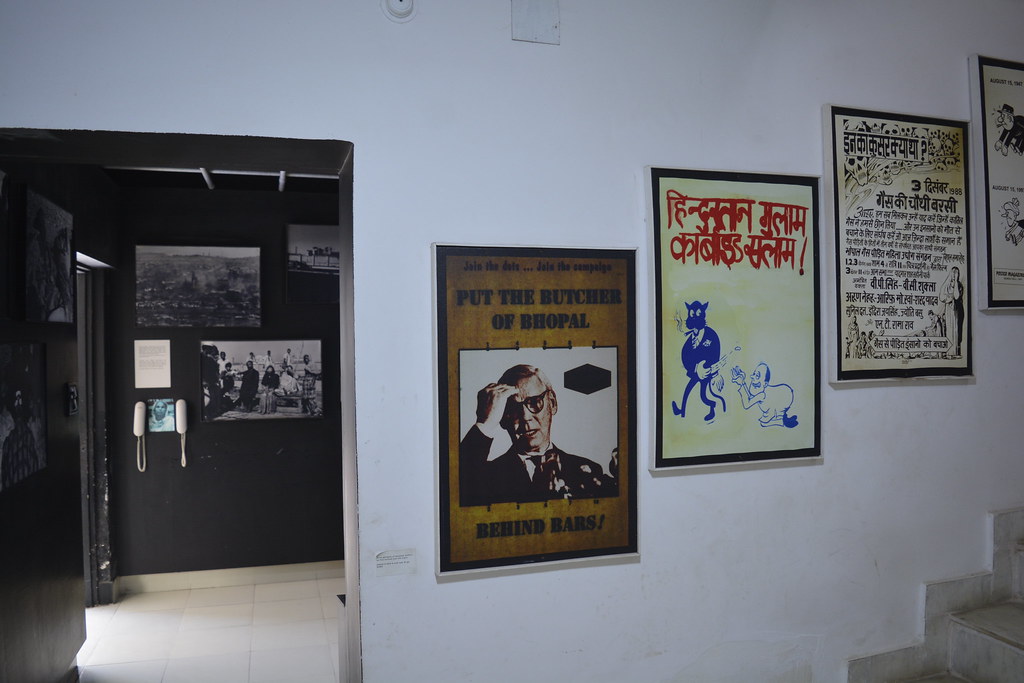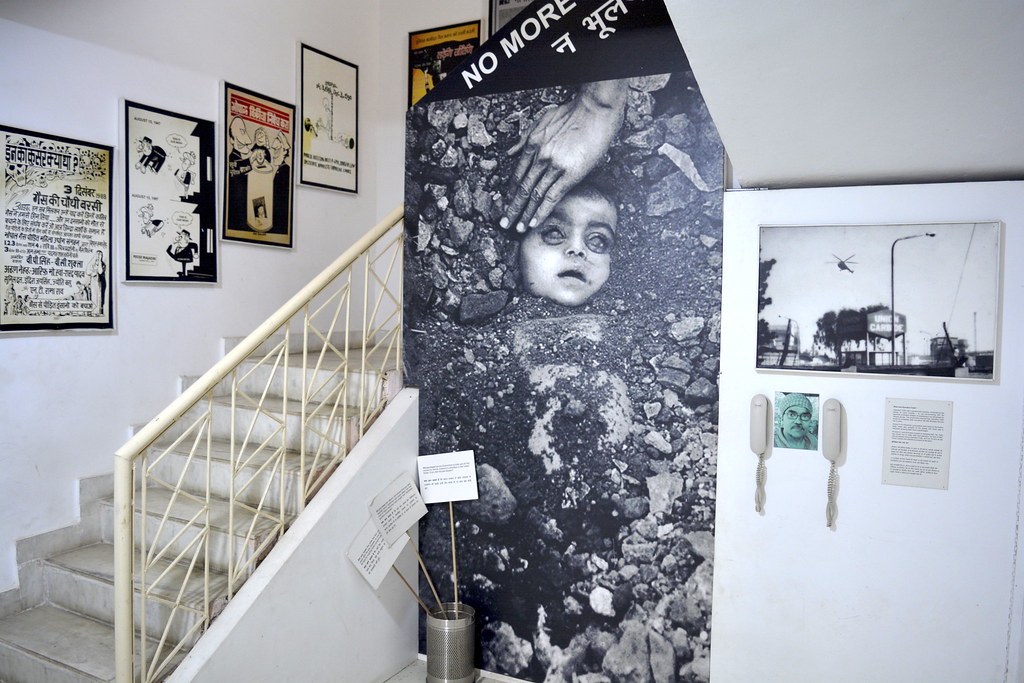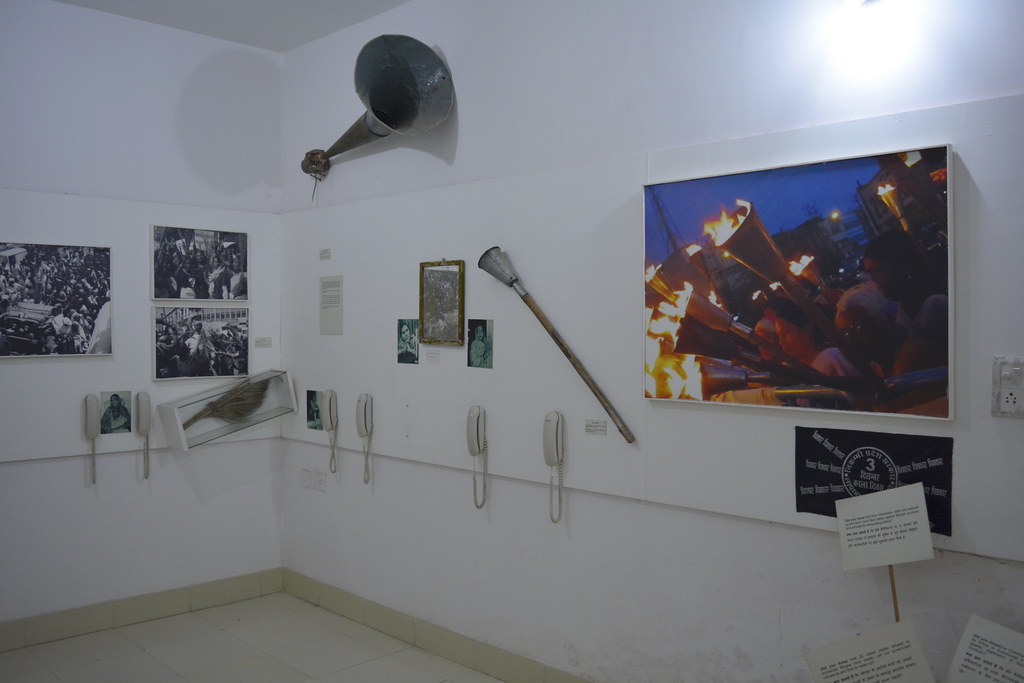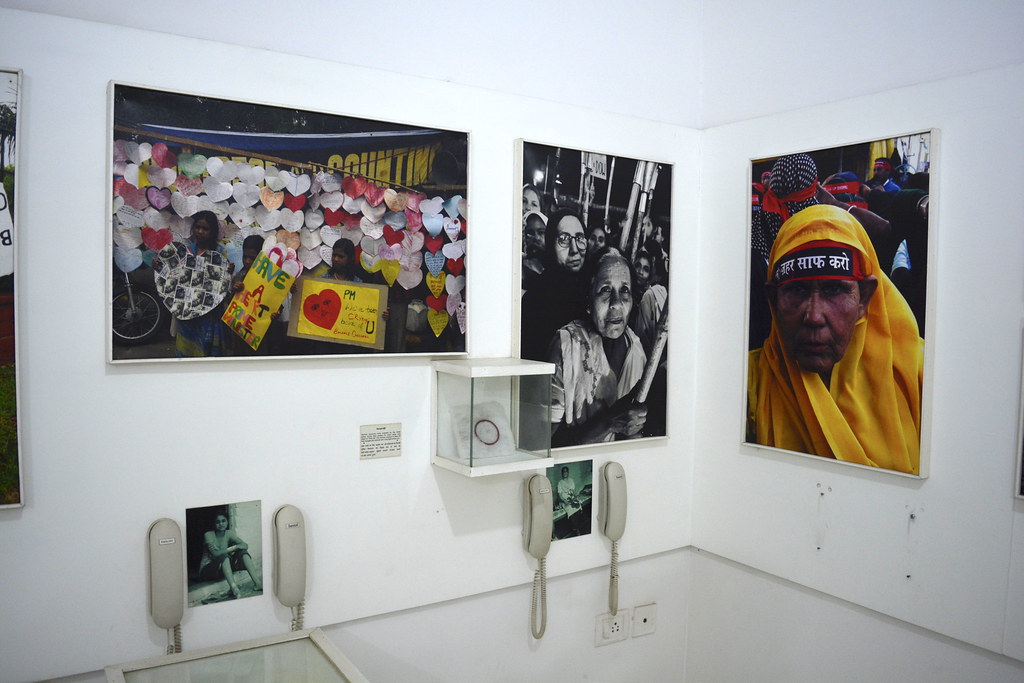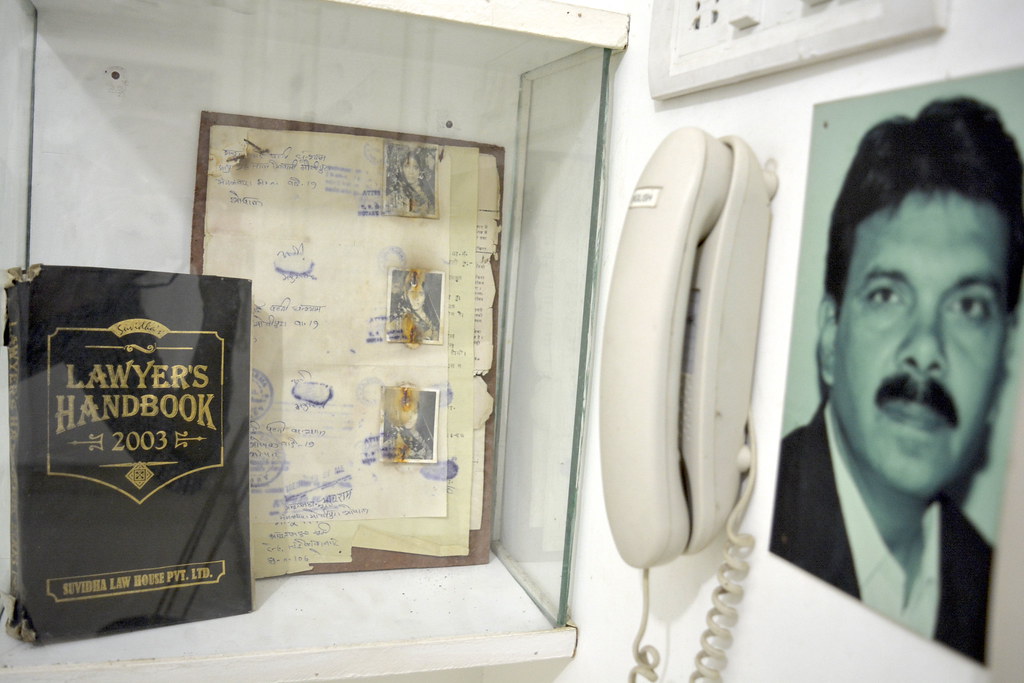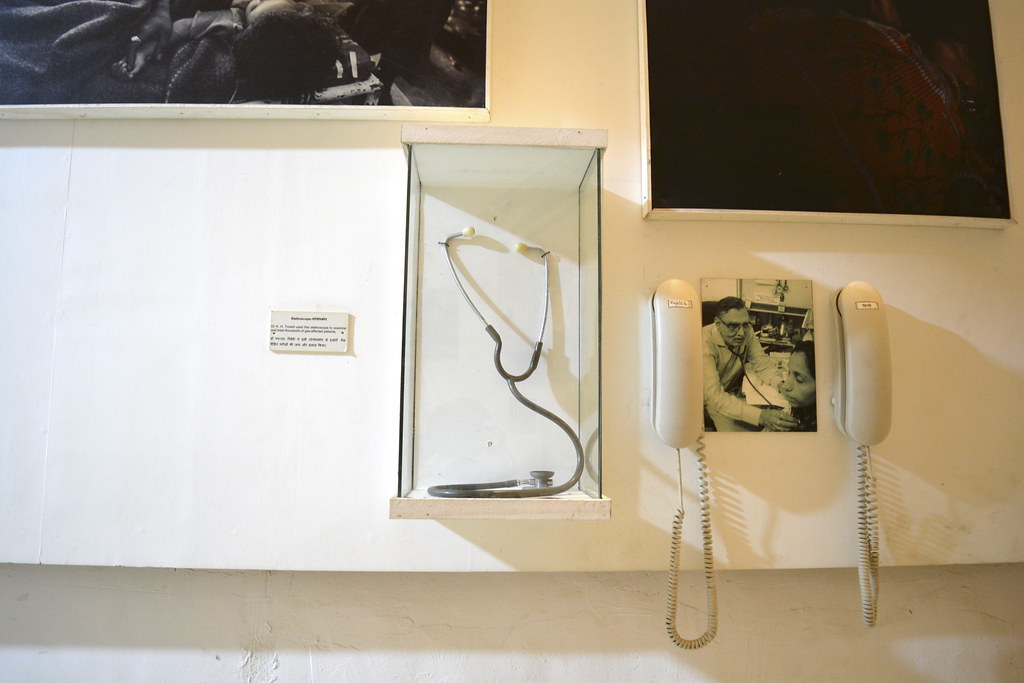 |
| Vanvadi is a 65 acre private forest, around 90 km from Mumbai. |
Vanvadi, a 65 acre private forest near Mumbai, is a centre of eco learning and traditional wisdom
The stream was in spate. So was my mind. The brick and wood house across the waters seemed empty. My calls may well have drowned in the gushing stream. To cross or not to cross? “There must be another, safer way,” my mind said fearing I will be swept away by the monsoon torrent. The autorickshaw driver had dropped me on the road around 300 metres away. From there, a dirt track went through the woods to Vanvadi, a 65 acre private forest on foothills of Sahaydri mountain range, 90 km from Mumbai. Vadi means home in Marathi and hence Vanvadi is literally ‘home to forest’.
So here I was, standing inside the gates but away from safety of a roof and people. There was no sound of human activity. Only rustling of trees, a few bird calls, sound of light rain and this stream raising a racket. The air was heavy with smell of damp earth and grass. Should I leave the backpack this side to gain more mobility? Wait here in rain until someone, something shows up? Would there be wild animals around?
A few iron poles erected on the submerged stone wall-cum-bridge signalled hope. I jumped in, realising in a few steps that the fear was irrational. The force of water was not as strong The cloudiness of mind had, however, made me forget to remove shoes and roll up the denims. The shoes took five days to dry, almost time to go back to Mumbai. But first day first.
There was no one in the house. Or so I presumed. I called out again from the covered courtyard. Went through the small inner room and out to the open kitchen at back. Two kittens coiled around a still-warm hearth were startled. I asked them about their humans. No answers. Came back to the front courtyard. The stream looked calmer from this side. The high ground and plinth keeps the house away from risk of flooding. Trees of Mahua, Saghwan and Ain (Terminalia Eliptica) besides many creepers gave a glimpse of what the forest holds.
I sat down on the charpoy, admiring the unique architecture of this jungle house. Wooden pillars, brick walls plastered with mud and an attic which has floor of hanging beds. The kittens came chasing each other and climbed up the wooden ladder. An A-frame roof with its intricate pattern of bamboo and wooden beams canopies the house.
A friend had volunteered here while the house was being built, transformed from a humble hut to an accommodating place. The low front wall doubles up as sitting space. The house has no electricity or modern conveniences. There is a soak pit toilet, kitchen waste is composted and drinking water collected from a well. One can take a bath at the well, jump into the rock pool or carry a bucket into the small bathroom. Some of the roof water is led to a small tank near kitchen sink for washing.
Waking up from a short nap, I saw Daulat parking his bicycle across the stream. He manages Vanvadi and his family lives in the nearby Vaadi village. I was supposed to coordinate with him before arriving but the mobile networks here are patchy. We stoked the hearth and cooked khichdi. Grateful.
I came here with reference of Bharat Mansata, a well known figure in field of environment and natural farming. He is one of the 24 co-founders of Vanvadi who bought this land in 1994 for ecological conservation and regeneration. “We were initially a couple of friends hoping to do natural farming of fruits and vegetables on a small piece of land. During our search, we came across this place which was already showing promise of regeneration within just a year or two of cutting.” he told me when we met after a few days. “We gathered more like-minded people to jointly buy the land and let it grow into a forest.”
The previous owners were giving out contracts every four to five years for chopping down the trees for sale. As a result, the deciduous ‘coppicible’ species that tolerate such clear-felling began to predominate, while most of the evergreen species died out, or greatly dwindled in numbers. ‘Coppicing’ involves cutting down of trunks for timber or firewood. New shoots regrow from the stumps of the coppicible species, and take shape of a fully grown tree after a few decades.
“The region has had a long history of coppicing trees since colonial times, when the British first clear-felled ancient forests for timber. Earlier, the trees were allowed to regrow for 25 years, which came down to 10 years, but by the time, we bought the land, the period had been reduced to just four years,” said Mansata. “We wanted to conserve biodiversity and tree cover which were rapidly becoming casualties of reckless development.”
Watch Video
After taking over, the group protected the natural regrowth from clear-felling, and planted new saplings every monsoon. They also did soil and water conservation earthworks of rock bunds and check dams that helped recharge groundwater benefiting neighbouring downstream villages as well. Today, Vanvadi boasts of around 50,000 trees, including 52 edible plant species, over 30 medicinal species, and around 20 timber species. A small patch of land is used for farming rice and millets.
Over a few days, Daulat gave me a low down about the forest, its tree species and water sources besides social, economic and environmental profile of surrounding area. I head out with an umbrella. Vanvadi’s pet dog followed and later led when I lost my way. We disturbed hundreds of spider webs in our wake, found frogs floating motionless in an open well, curtains of vines obliterating trees and various kinds of grasses and shrubs lining the forest bed. There are several plant species in Vanvadi which can be used for making herbal pesticides, oils, gums, natural soaps and natural dyes.
Occasional weekend workshops, nature walks and an annual vanutsav or forest festival are organised at Vanvadi. Vanutsav involves local tribal villagers sharing their traditional knowledge about forest and their way of life with city residents who join in from Mumbai and other places. Participants forage, cook and eat forest food besides other delicacies.
Arjun Kamdar, a wildlife conservationist who has conducted reptile awareness and appreciation workshops at Vanvadi, feels the area is a heaven in the sea of agricultural fields. “The amount of species diversity here is comparable and at times higher than other forests of Western Ghats. This is because there are not many big predators in Vanvadi since they usually require larger area,” he said. “There is a healthy network of streams which host several unique frogs and toad species”
Common Wolf Snake, Checkered Keelback and Buff Striped Keelback are some of the snake species of the area. “People usually have this notion that snakes are all out to kill them. Seeing them in their natural habitat helps diffuse this fear,” Kamdar said. On the other hand, local tribal participants get to know about how to reduce their interactions with snakes, importance of going to hospitals instead of local healers in case of snake bites and differences between poisonous and non-poisonous snakes.
Vanvadi has had its fair share of struggles and fights too, mainly dealing with several real estate projects, including vacation homes and resorts, that have sprung up in the area, shooting up the land prices. Over the last 12-15 years, the region has undergone a tremendous change, especially with a new road passing nearby. Deforestation and concretisation has led to massive soil erosion. Vanvadi also faced attempts to fraudulently sell its land, that needed legal interventions.
“The land is big and hence requires constant monitoring. We are hoping to have new members from younger generation who can bring in fresh energy to the place,” Mansata said. “Maybe few people can stay here with small huts and kitchen gardens. The area has the potential to evolve into a forest eco-village and a valuable learning centre on nature, ecology and traditional wisdom."
Vanvadi has a long unguarded boundary of four kilometre and cattle often stray into the forest while local villagers come for firewood and forest food. “Animals damage the saplings we plant, which is why we are now doing this only in a smaller protected area,” said Mansata.
He has a suggestion for anyone willing to follow this path: “Let nature do her work, and see where you can help. Though there is a greater awareness among people about environment protection, only incremental change is happening. It has not reached the tipping point to turn the tide. The rampaging monetised economy is about fleeting shadow value, while the real wealth of nature is indispensable for survival and well-being. Ecological regeneration is thus a vital, urgent task, almost everywhere!”
This write up was first published in The Tribune
